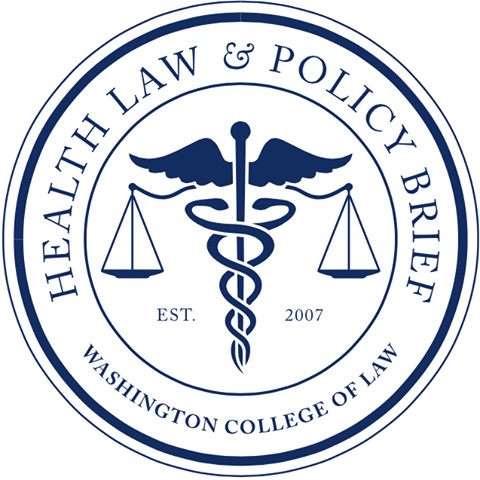In 2000, the National Institute of Justice (NIJ) came together with the Center for Disease Control and Prevention (CDC) to perform a study to better understand the breadth of abuse, stalking, and other violent behaviors on women in the US. Previously, other studies showed that arrests of abusers upon report tended to have a positive effect in reducing future violence. However, research hadn’t yet captured the sheer extent and magnitude of abuse directed against women in the United States.
In the study performed by the CDC and the NIJ, researchers surveyed 8,000 women and 8,005 men through a process of randomly selecting phone numbers of households across the US. Of the women that responded to the survey questions, 17.6% had been victims of rape, 8.1% had been victims of stalking, and 22.1% had been assaulted by an intimate partner. But while these statistics were significant in and of themselves, the most surprising finding of the study was the primary source of violence against women: intimate partner violence. “64.0% of the women who reported being raped, physically assaulted, and/or stalked since age 18 were victimized by a current or former husband, cohabiting partner, boyfriend, or date” compared to only 16.2% of men.”
Additional studies have been conducted that also demonstrate the endemic nature of intimate partner violence and the need to classify it as a major public health crisis. In the wake of this kind of research, various lawmakers in Congress, including then Senator Joe Biden, pioneered the passage of the “Violence Against Women Act” (VAWA) in 1994 and since renewed and strengthened in 2000, 2005, and 2013. On Wednesday, March 16 2022, President Joe Biden signed the fourth reauthorization of the law, which provides a variety of further enhancements to the bill: increased resources and support for survivors of underserved and marginalized communities, establishing a federal cause of action for individuals whose intimate images are disclosed without their consent, increasing support for the Rape Prevention and Education Program, implementing trauma-informed policies for law enforcement responding to domestic violence reports, among others.
Of these various updates, the bill also specifically provides for strengthening the healthcare system’s response to domestic violence and sexual assault. Title V of the bill provides various grants to states for conducting surveys of healthcare systems with the intent to gauge the effectiveness and availability of medical forensic examination. Medical forensic examination is the process whereby a health care provider examines a victim of sexual assault to address any of the victim’s immediate injuries but mainly to collect any bodily evidence that may assist in a future prosecution of an abuser. The bill’s prompting of further research about the effectiveness of these tests is purposed to result in states forming specific action items to improve the process in their jurisdictions.
Studies have demonstrated that victims receiving these examinations feel roughly handled. Other studies, often conducted on a somewhat small scale, have demonstrated that victim-blaming mentalities actually pervade many forensic examiners’ approaches to conducting examinations. In an article titled, “‘Silly Girls’ and ‘Nice Young Lads’: Vilification and Vindication in the Perceptions of Medico-Legal Practitioners in Rape Cases,” authors Lesley McMillan and Deborah White discuss the findings of surveys they performed of various practitioners. Strikingly, of the various responses recorded to questions about the different rape cases practitioners had dealt with, many repeatedly echoed the idea that they had dealt with some “real” rape cases, often referencing rapes by a stranger, and other less real cases of “silly girls getting drunk and getting caught by their boyfriends” (285). As the authors highlight, these ideas about rape stand in violent contrast to the reality of how most rapes of women occur—at the hands of intimate partners. Hopefully, the funding provided in the reauthorization of the VAWA will result in meaningful changes to the process of conducting forensic medical examinations so that victims are better dealt with and just convictions are more common.
